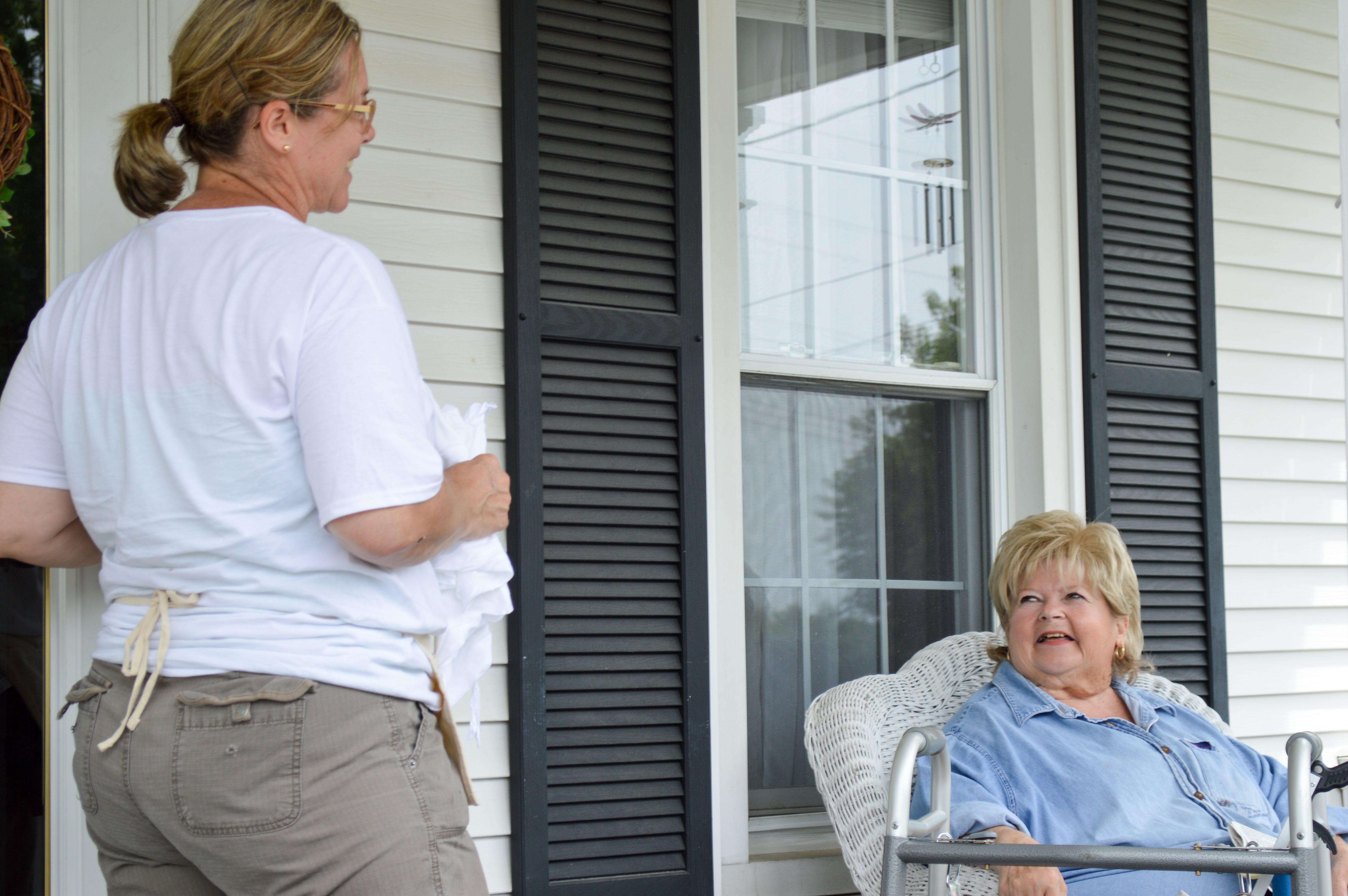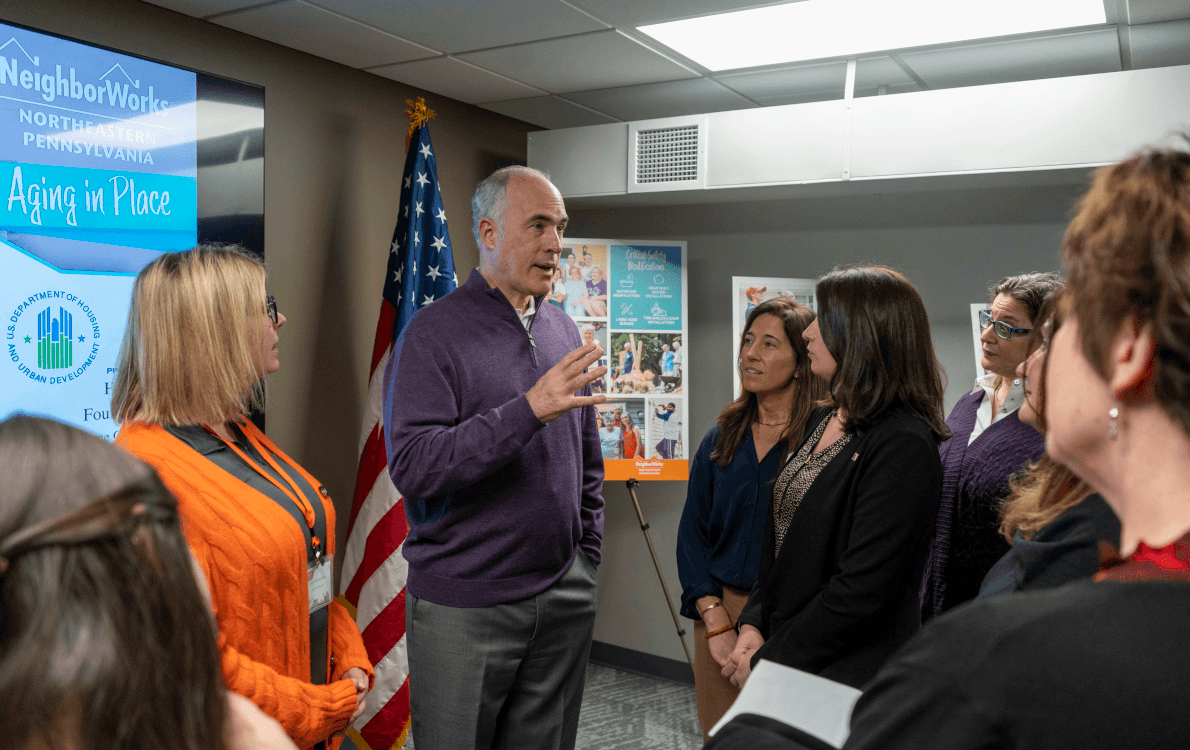
When you think about growing older, what kind of life do you want to have? What kind of hobbies or activities will you take up? What about spending more time with your family? Have you thought about where you want to live?
According to the AARP, 90% of adults age 65 or older want to stay in their homes as they grow older, rather than living in a nursing home or moving in with family. This desire to remain in your own home through retirement and beyond is referred to as “aging in place.”
No matter a person’s situation, it is important they be informed about their options and decide for themselves what is best for them. A family doctor, occupational therapist, or other trained medical professional is a good person to consult when considering the best living options, but it is also important to talk to family and friends who are familiar with the personal and medical needs of the person considering aging in place. Many factors come into play when deciding where to live after retirement: income, social life, safety, and housing needs (for both accessibility and other personal reasons).
In Northeastern Pennsylvania, an unusually old housing stock presents a major challenge. Over 40% of homes in Lackawanna County were built before 1939, compared to just 13% nationwide. While these homes add a unique charm to our communities, they may not be easily accessible to older adults, especially those who need help walking and those with other disabilities. Although these homes may be older, there are some relatively inexpensive ways they can be made safer for aging in place:
- Making the home brighter: Swap out old lightbulbs for newer, brighter ones; make sure all light bulbs are working; add nightlights to hallways and bathrooms; add LED lighting to dark closets, halls, and other dimly lit areas.
- Preventing falls: Install grab bars near toilets, bathtubs, and showers; add non-slip mats both inside and outside bathtubs and showers; secure loose rugs and carpet to the floor using carpet tape; make sure vinyl and tile floors are dry and free of spills; add grip tape to outdoor steps; make sure walkways are free of clutter and things that can be tripped over.
- Making sure you are prepared: Keep a fire extinguisher in the kitchen and garage; make sure smoke and carbon monoxide detectors are installed in vital areas (kitchen, bedrooms, stairways, hallways) and that they have working batteries; check radon levels using test kits.
If you are concerned about where you or a loved one will live when approaching retirement age, you are not alone. As members of the Baby Boomer generation enter retirement, the demographics of the entire country are shifting. In Lackawanna County, the change is even more drastic. In fact, by the year 2030, it is predicted that about 25% of Lackawanna County residents will be 65 or older. At NeighborWorks Northeastern Pennsylvania, it will become increasingly important to analyze the needs of these seniors to become more aware of the challenges they face and provide solutions for them.
This is the first in a series of posts focused on helping older homeowners live safely and comfortably in their own homes for as long as possible, a concept know as aging in place. Stay tuned for the next post in the series!




